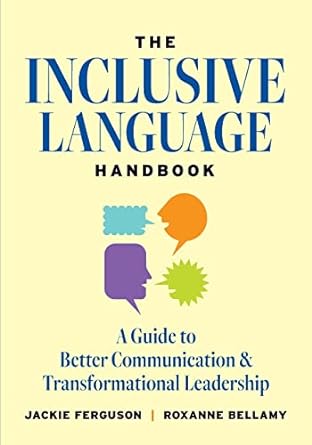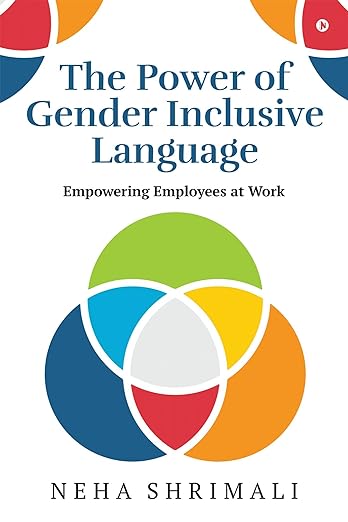We live in a diverse, dispersed and digital world. The ability to communicate effectively across diverse groups has never been more critical. This makes inclusive communication a strategic imperative that can define the success of organizations and leaders. This blog explores the principles of inclusive communication, why it matters, and how we can all improve our communication practices to be more inclusive.
What is inclusive communication?
Inclusive communication involves strategies and practices designed to ensure that all individuals, regardless of their backgrounds, abilities, or circumstances, can effectively receive, understand, and engage with information. This concept emphasizes the importance of making every interaction respectful and accessible to everyone (Keyton, 2011).
The importance of inclusive communication
Embracing inclusivity in communication can lead to numerous benefits:
-
- Enhanced engagement: When audiences feel represented and respected, their engagement levels increase, leading to better outcomes in education, healthcare, and business settings (Smith, 2014).
- Broader innovation: Diverse perspectives foster creativity and innovation. Inclusive communication ensures that these perspectives are heard and integrated (Nemeth, 2012).
- Increased trust and loyalty: Organizations that communicate inclusively are often perceived as more trustworthy, which can build loyalty among customers and employees alike (Dixon, 2015).
Implementing inclusive communication
Adopting inclusive communication requires a thoughtful approach. Here are key strategies to consider:
-
- Understand your audience: Gather insights about the backgrounds, needs, and preferences of your audiences. This information can guide the tailoring of messages that resonate with diverse groups (Keyton, 2011).
- Use clear and accessible language: Avoid jargon and technical terms that could alienate parts of your audience. Instead, opt for clear, straightforward language (Smith, 2014).
- Leverage multiple formats: Different people absorb information in different ways. Providing information in various formats (text, audio, visual) ensures broader accessibility (Nemeth, 2012).
- Seek and integrate feedback: Regular feedback from your audience can help you understand how well your communication strategies are working and what improvements are needed (Dixon, 2015).
Learn more about inclusive language
Challenges to inclusive communication
While the benefits are clear, implementing inclusive communication is not without challenges:
-
- Resource intensive: Tailoring communication to meet diverse needs can require significant resources, such as translation services or technology for the hearing impaired. You might also need an extra pair of hands to audit your current communication standards. If you find yourself looking for someone who can help, reach out to me.
-
- Cultural misunderstandings: Even well-intentioned messages can be misinterpreted across different cultural contexts, necessitating a deep understanding of cultural nuances.
In other words
Inclusive communication is essential for any organization looking to effectively engage with a diverse audience. By implementing strategies that acknowledge and address the varied needs and preferences of individuals, organizations can enhance engagement, drive innovation, and build trust.
Inclusive communication is therefore an opportunity to create understanding, build bridges, and break barriers. By embracing these practices, we can make significant strides towards a more inclusive society.
Micro-actions
-
- Conduct audience analysis: Regularly update your understanding of the audience’s needs.
- Review your materials: Ensure all communication materials are accessible and inclusive.
- Educate your team: Provide training on inclusive communication practices.
- Incorporate feedback mechanisms: Make it easy for audiences to provide feedback on your communication efforts.
References
-
- Dixon, F. (2015). Principles of Inclusive Communication: An Introduction.
- Keyton, J. (2011). Communication and Organizational Culture: A Key to Understanding Work Experiences.
- Nemeth, C. (2012). The Importance of Diversity in Fostering Innovation.
- Smith, D. (2014). Diversity’s Promise for Higher Education: Making It Work.







